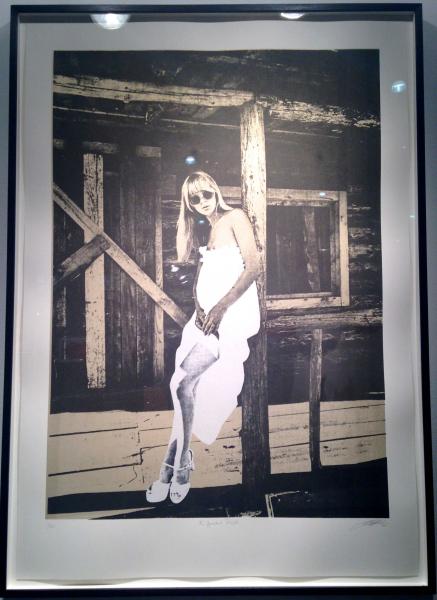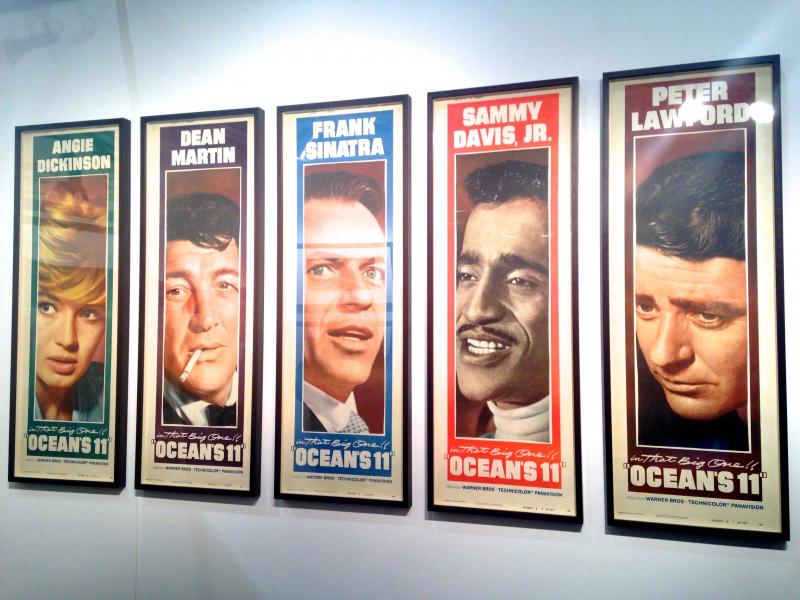LA Art Show Recap: Prints And Posters

Part of it is the design. Posters and prints have a clean, graphic quality that paintings can’t replicate. Another part is that posters and prints, because of what they say and where they’re displayed, have enormous potential for communication and social influence that goes beyond what a painting cushioned in a gallery or museum can achieve. And the most significant part, perhaps, is my admiration for the way posters and prints distribute and democratize art by existing in large, affordable quantities.
The first poster mecca was the Reel Poster Gallery, a London-based company that specializes in vintage movie posters. Vintage posters, a representative from the gallery explained to me, are a particularly special form of art because they were printed on simple paper—they were never meant to last through the ages. Before 1976, movie posters were stored folded flat instead of rolled in a tube, which created detrimental crease marks on many specimens of the era. Because of this, the posters that did last are extremely valuable.

Then I wandered into the Modern & Contemporary section, where I found Stoney Road Press, a “publishing and editioning house” based in Dublin, Ireland. David O’Donoghue, whom I met at the show, helps fine artists convert their works into limited edition prints. I’ve always wondered how, exactly, a painting is made into prints, so I asked Mr. O’Donoghue to give me the basics. Prints of modern art, he explained, are not so much replications of the art, but rather interpretations that try to capture the artist’s “sensibilities and gestures.” At Stoney Road Press, “The studio for each artist is reinvented”; they work with each artist individually to develop a printing technique that captures the essence of their works. For some artists, this might mean printing with several intaglio plates, layering ink to create the effect of layered paint. Others use inventive materials and techniques to capture a specific texture.

The third print booth I found was London-based Paul Stolper, another publisher dealing in modern art. But this firm, instead of translating existing art into prints, produces prints with original concepts. The print itself is the work of art, not a reproduction of something else. Paul Stolper uses cutting-edge materials and techniques to create artworks that push the boundaries of the printmaking field, creating dynamic, graphic images.
The best part of the show was talking to the gallery owners, all of whom were wonderfully friendly and willing to share their passion for print. It was worth the trip many times over to talk with people who are so enthusiastic about their trade.
If printing piques your interest, USC Roski offers great intro-level design and printmaking classes. Or try this book, which was my first foray into printing and a good place to start.
Gigi Gastevich is a staff reporter who really likes prints and posters. Say hi here.



